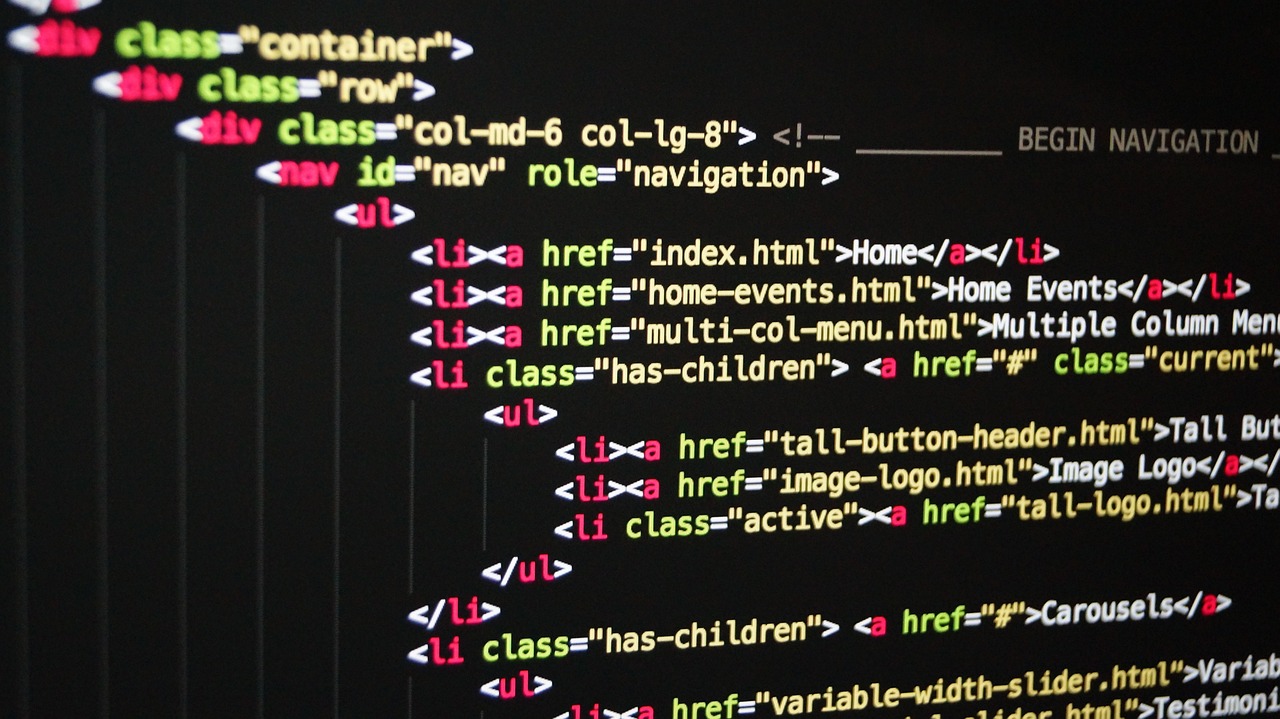Python Full Stack Course
Python Full Stack course provides comprehensive training in both front-end and back-end web development using Python-based technologies. Participants learn Python programming, along with frameworks like Django or Flask for back-end development and libraries like React or Angular for front-end development. This course equips learners with the skills needed to build end-to-end web applications, covering topics such as RESTful APIs, database integration, user authentication, and deployment. With a focus on both client and server-side development, Python Full Stack courses prepare individuals for versatile roles in software engineering, enabling them to create robust, scalable, and efficient web applications.
Python Full Stack course typically covers a comprehensive range of topics to provide a well-rounded understanding of both front-end and back-end web development using Python. Here’s an outline of the typical course content:
- Introduction to Python:
- Basics of Python programming language
- Data types, variables, and operators
- Control structures and loops
- Functions and modules
- Front-end Development:
- HTML5, CSS3, and JavaScript fundamentals
- Introduction to front-end frameworks like React, Angular, or Vue.js
- Single-page application (SPA) development
- RESTful APIs and AJAX for communication with the back end
- Back-end Development with Python:
- Introduction to web frameworks like Django or Flask
- Setting up a development environment
- Routing, views, and templates
- Working with databases using Django ORM or SQLAlchemy
- Database Integration:
- Relational database concepts
- SQL (Structured Query Language) for database manipulation
- Integration of databases with Python applications
- Authentication and Authorization:
- User authentication and session management
- Role-based access control (RBAC)
- Implementation of security best practices
- RESTful APIs:
- Designing and implementing RESTful APIs
- Handling HTTP requests and responses
- Serialization and deserialization of data formats like JSON
- Deployment and DevOps:
- Deployment of Python applications on cloud platforms like AWS, Azure, or Heroku
- Containerization using Docker
- Continuous Integration/Continuous Deployment (CI/CD) pipelines
- Testing and Debugging:
- Unit testing with frameworks like Pytest
- Debugging techniques and tools
- Additional Topics:
- Websockets for real-time communication
- Caching strategies and performance optimization
- Scalability considerations and architecture patterns
- Project Work:
- Practical hands-on projects to apply learned concepts
- Building a full-stack web application from scratch
- Collaboration with peers to simulate real-world development environments
- Career Guidance:
- Resume building and interview preparation
- Job search strategies and networking opportunities

